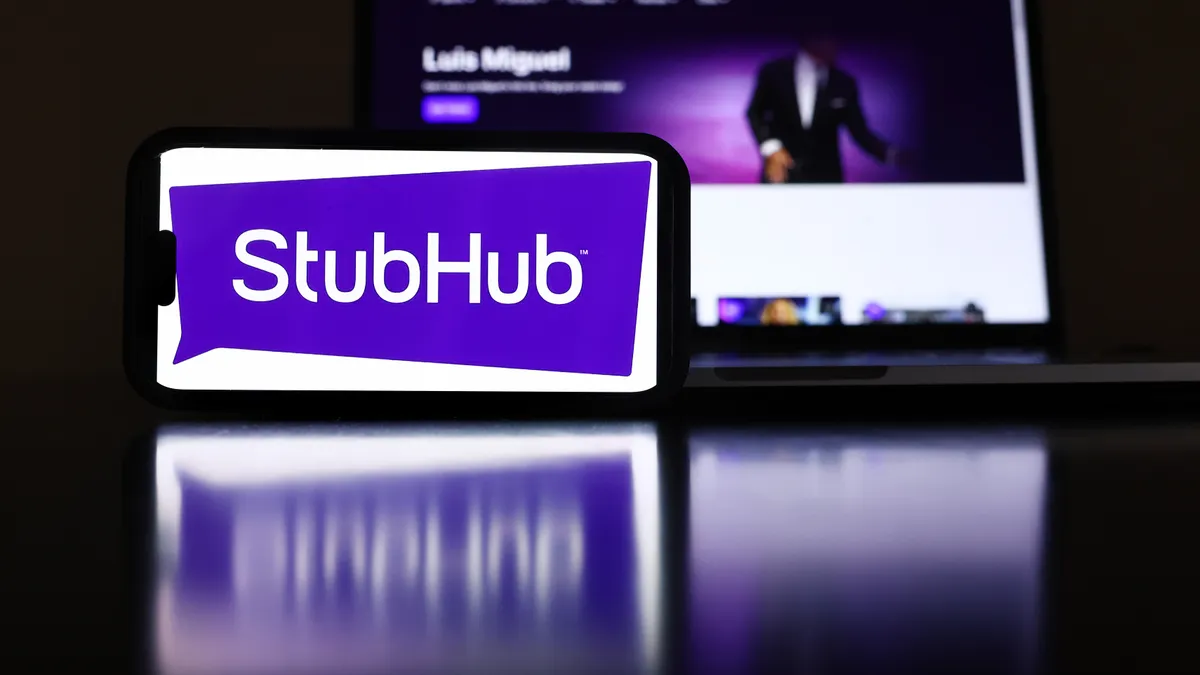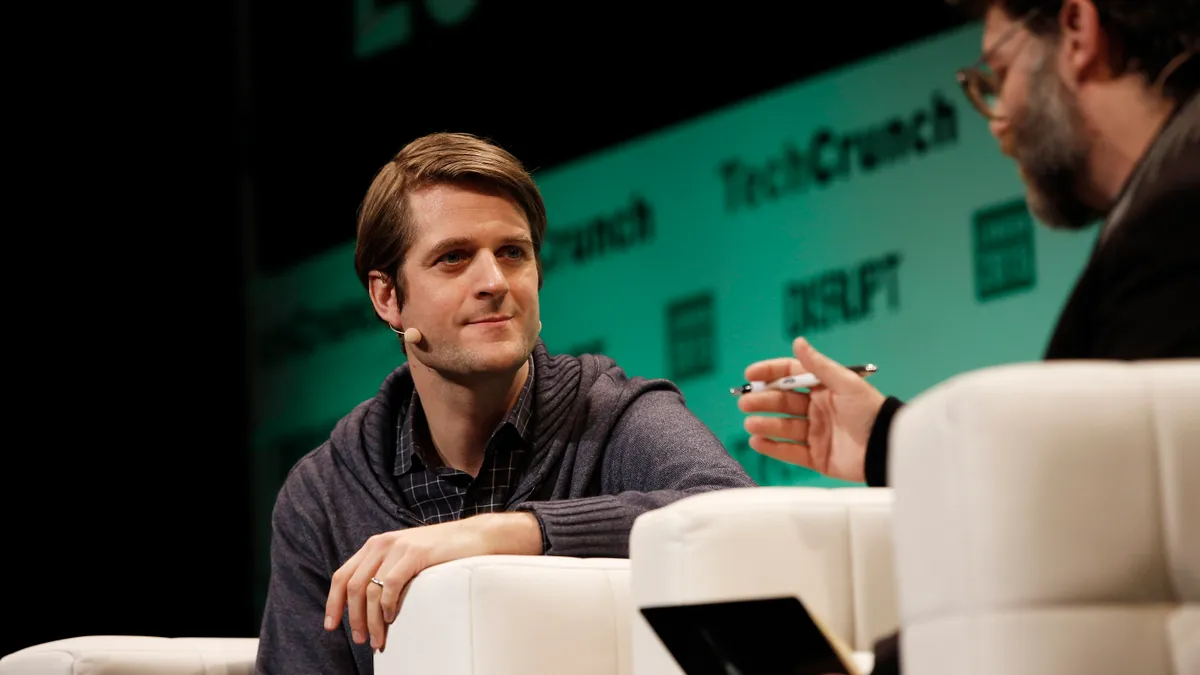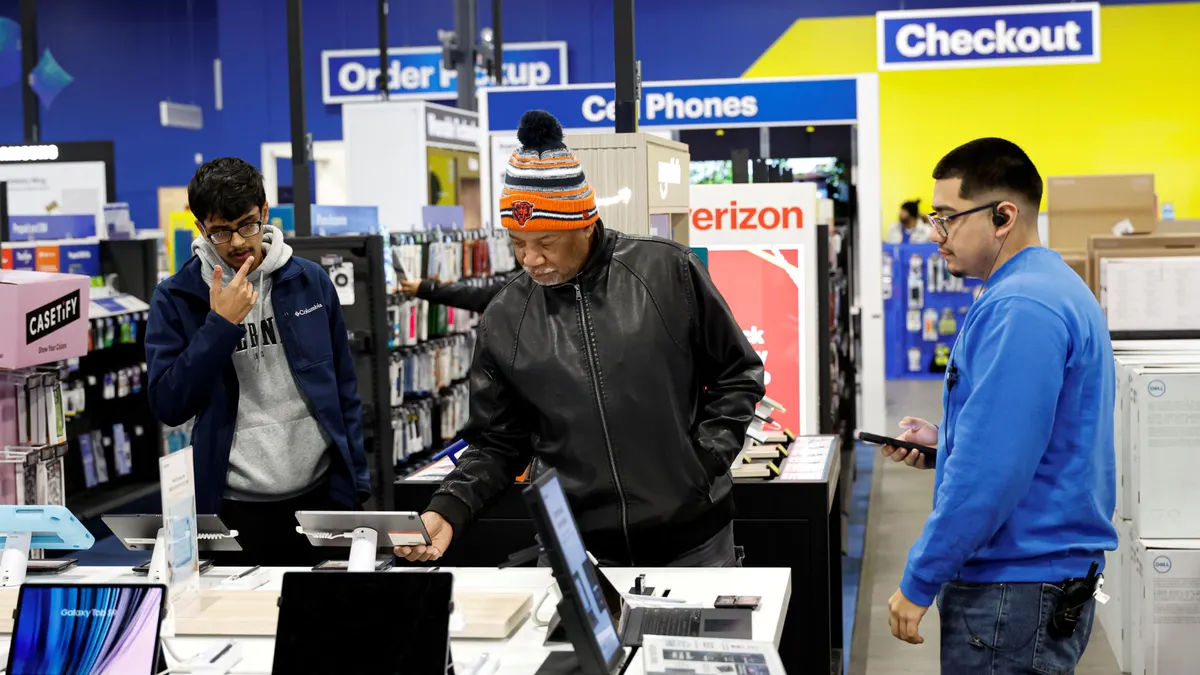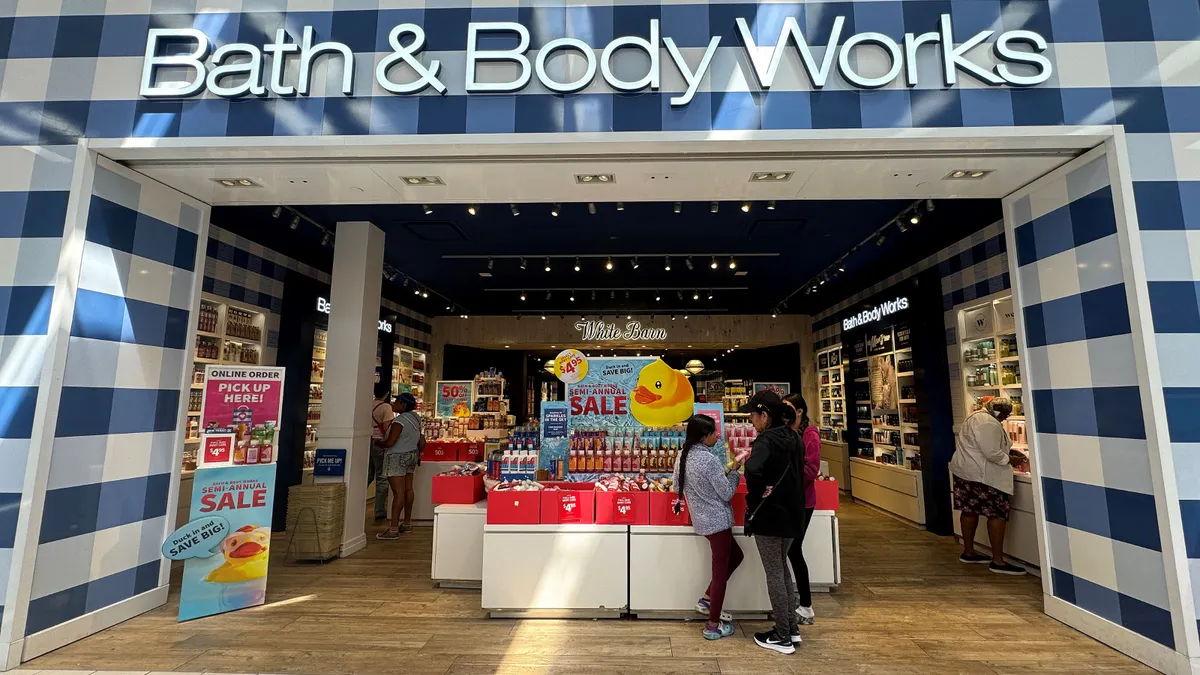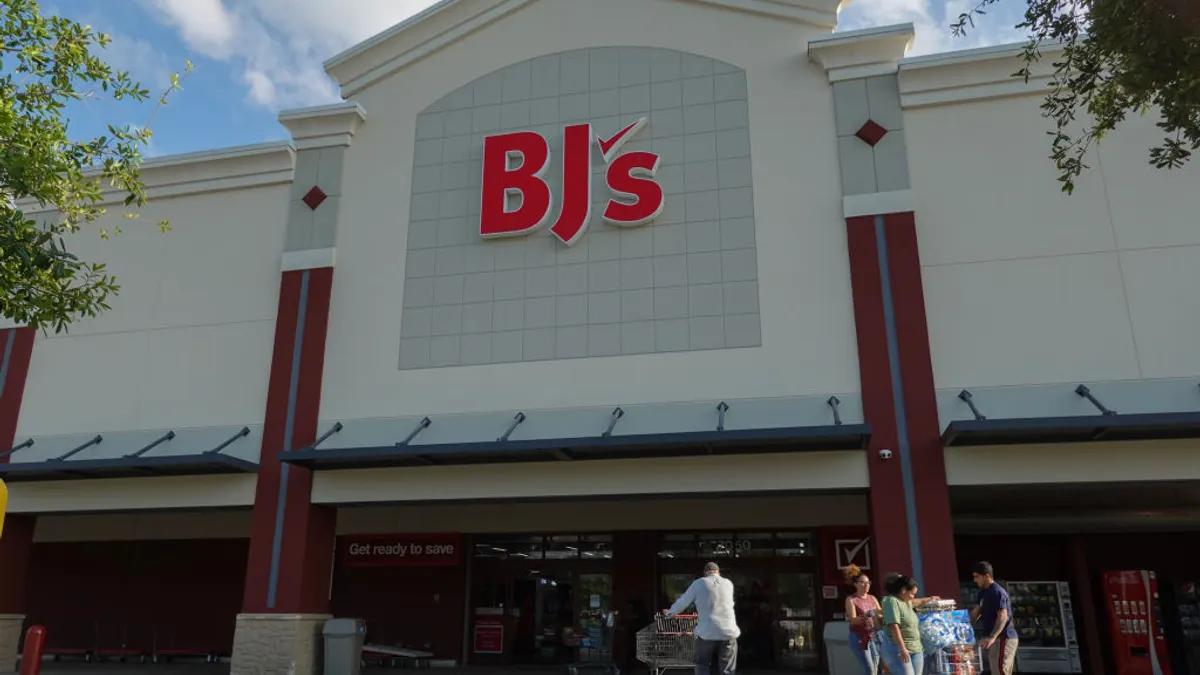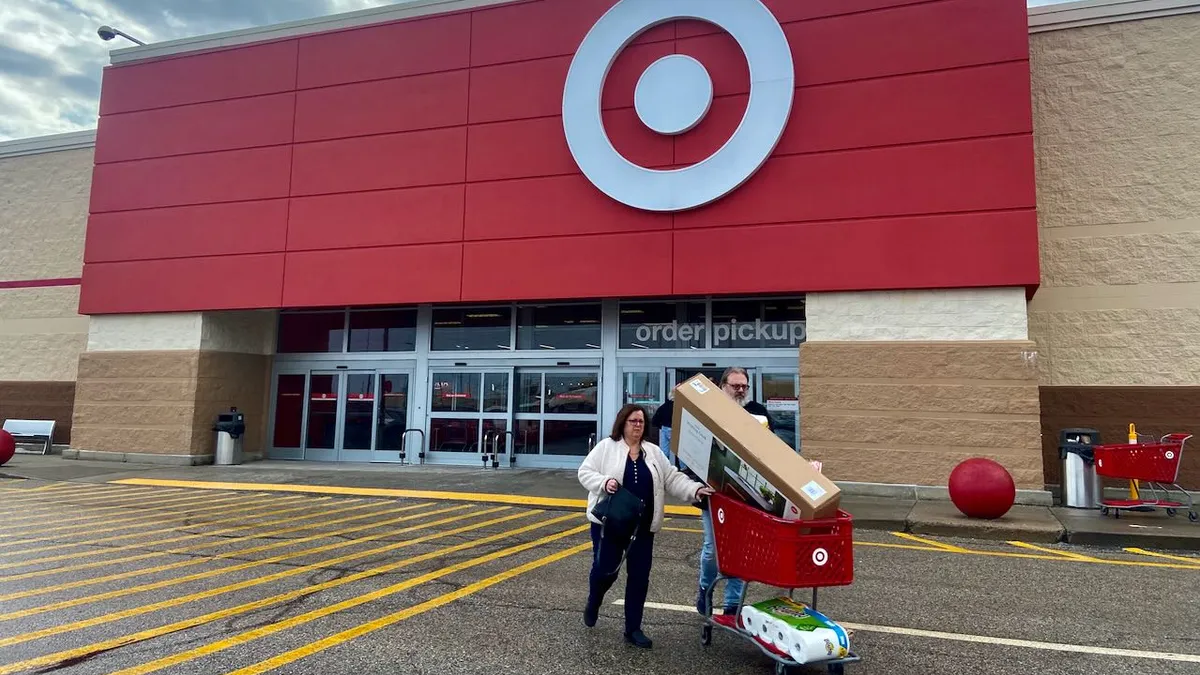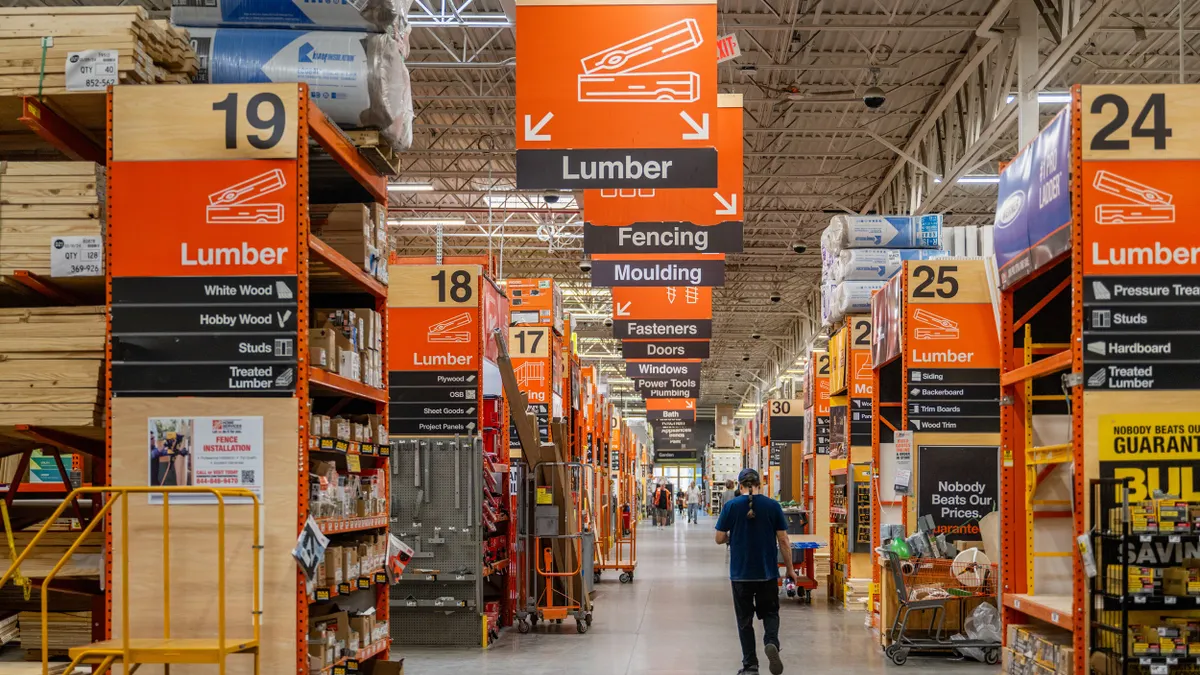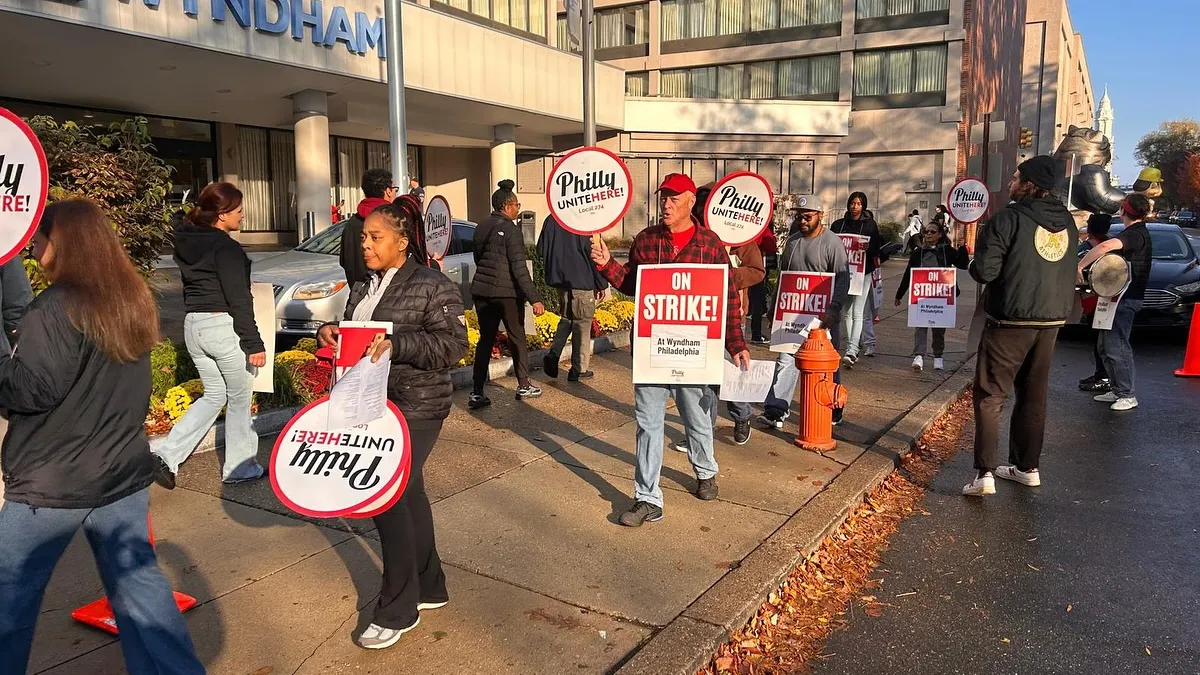The attorney general for Washington, D.C., filed a lawsuit against StubHub last week, accusing the online ticket platform of violating consumer protection laws by hiding mandatory fees from consumers until the end of a long purchase process.
The practice, known as “drip pricing,” involves a company initially advertising an artificially low price to lure ticket buyers and pulling customers through a series of steps as a countdown clock creates a false sense of urgency. The final price is often much higher than the advertised price because of “cryptic ‘fulfillment and service’ fees tacked on without adequate explanation of the fees’ purpose,” the attorney general’s press release said.
Most consumers know by now the price they see when searching for concert tickets isn’t the price they ultimately pay. Same for airline tickets, hotel room rates or the sushi combo meal ordered through a food delivery app.
But consumers still get a bit of whiplash when they scan their final purchase confirmation and notice, for instance, their $429 flight is actually $670 because of a U.S. federal excise tax, a U.S. flight segment tax, passenger facility charge, a Sept. 11 security fee, and a carrier usage charge.
Service fees, order processing fees, delivery fees, facility charges, resort fees, tourism fees — they’ve become commonplace nuisances and make consumers feel like they’re being nickel-and-dimed at every turn.
Though surprise fees are unquestionably a source of dissatisfaction for consumers, they don’t necessarily drive business away. Still, businesses can craft a pricing approach that won’t turn off customers.
“People don’t like unpleasant surprises,” says Jon Picoult, founder and principal of Watermark Consulting, a customer experience advisory firm. “It’s human nature that we like to feel in control of what’s going on around us, and so when a business springs surprise fees on customers, it robs us of that sense of control and makes us feel sort of helpless.”
Changes to how businesses are allowed to treat fees are arriving at the federal level.
Last October, the Federal Trade Commission proposed a rule to prohibit businesses from advertising prices that hide or leave out mandatory fees that significantly increase the total price consumers pay. It would also prohibit sellers from “misrepresenting fees and requires them to disclose upfront the amount and purpose of the fees and whether they are refundable.”
And in April, the Department of Transportation announced new rules to better protect airline passengers against “costly surprise airline fees.” The rule, which takes effect in October, requires airlines and ticket agents to be upfront about any hidden fees, such as checking a bag or changing a flight, to help consumers avoid “unexpected fees that can quickly increase and add significant cost to what may, at first, look like a cheap ticket.”
Investing time
How do companies continue to get away with this bad behavior if consumers hate it so much?
In one sense, businesses are just responding to consumer behavior.
Businesses know that customers are less likely to purchase a product or service when the “all-in price” —which includes all fees — is presented upfront rather than the incomplete price.
It’s all psychological, says Lauren Beitelspacher, associate professor of marketing at Babson College. If someone is searching for concert tickets and finds two good seats for $250 on Ticketmaster’s website, by the time they get to checkout and see the various fees add $60 to the ticket price, that consumer has likely hit their limit. Instead of doing more research to see if they could get a better deal elsewhere, consumers usually just give in.
Part of the risk if the price is too high upfront is customers simply won’t make a purchase — and businesses know that.
If a hotel doesn’t book a room for tonight, “that’s perishable, they expire,” says Beitelspacher. “What's the lesser of two evils — duping you at the end of the process, or running the risk of you not reserving a room?”
A field experiment done by StubHub and Berkeley Haas economics professor Steven Tadelis released in 2021 found that “drip pricing” resulted in people spending about 21% more, compared with all-in pricing.
Customers might grouse about hidden fees, but when they’re presented with transparent, all-in pricing, there’s a visceral reaction to the upfront, higher price they’re seeing, Picoult says. Those customers are more likely to take their business somewhere else or buy less.
Laziness is another factor: “We’ve invested so much time and energy to get to that point that many consumers just don’t have the appetite to start over again elsewhere,” he says.
How to do transparent pricing the right way
How can companies and customer experience leaders strike the right chord between making sales and not infuriating their customers? Transparent, all-in pricing might be fair practice, but companies don’t want to turn off potential customers.
Businesses can’t just focus on showing the lowest price, however. “Then you've acknowledged we’re a commodity business and we’re not offering anything different from our competitors,” says Picoult.
Instead, brands can demonstrate the value customers are getting in return for what they’re paying, so they feel good about their purchase.
It’s one thing for a hotel to disclose on its site that “there’s a $35 a night resort fee” and leave it at that. It’s more effective to explain all the added value guests will get — a private pool, a state-of-the-art gym, access to the hotel spa and so on — because of that $35 charge.
Businesses can take it one step further and educate consumers. Picoult suggests companies show how their competitors handle pricing so they can make an apples-to-apples comparison.

